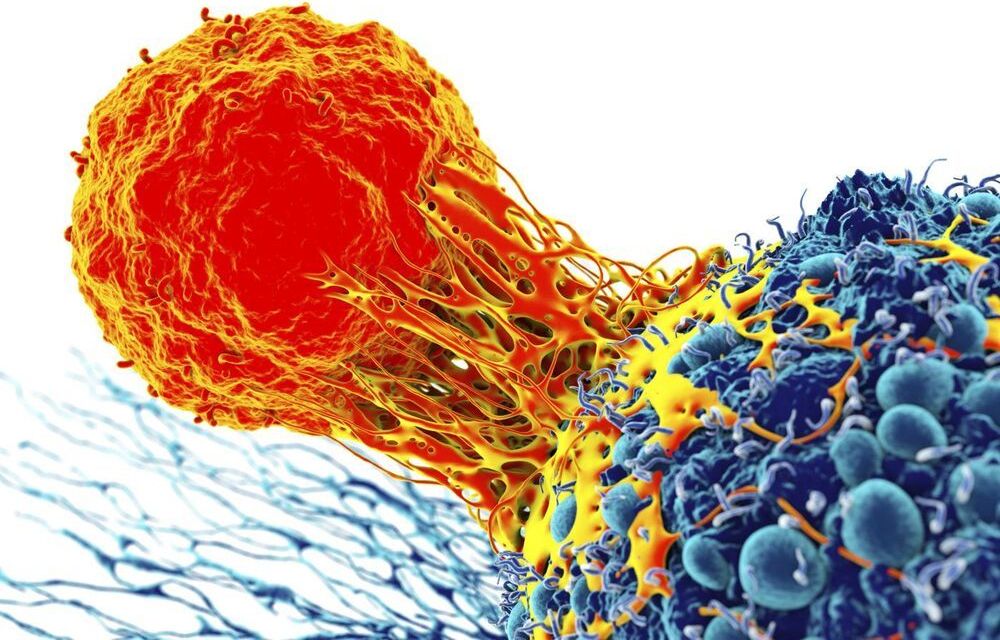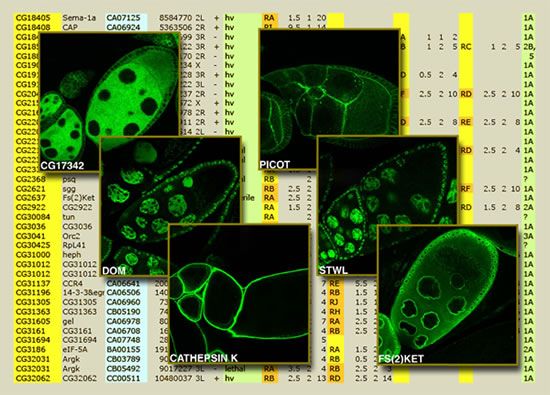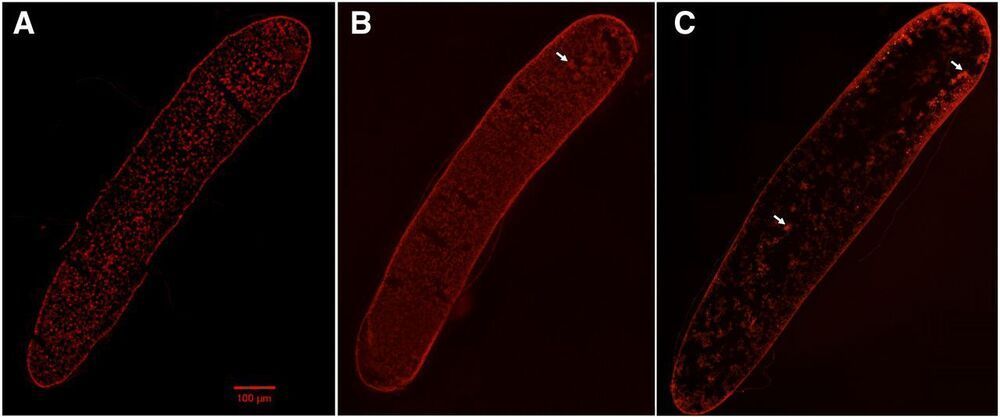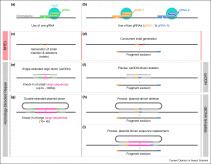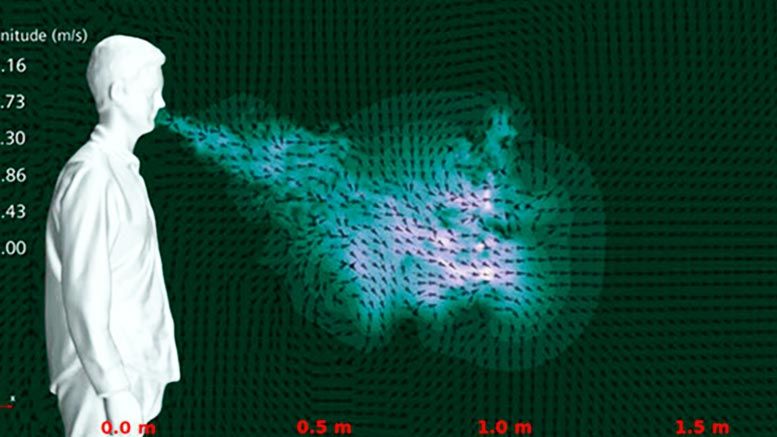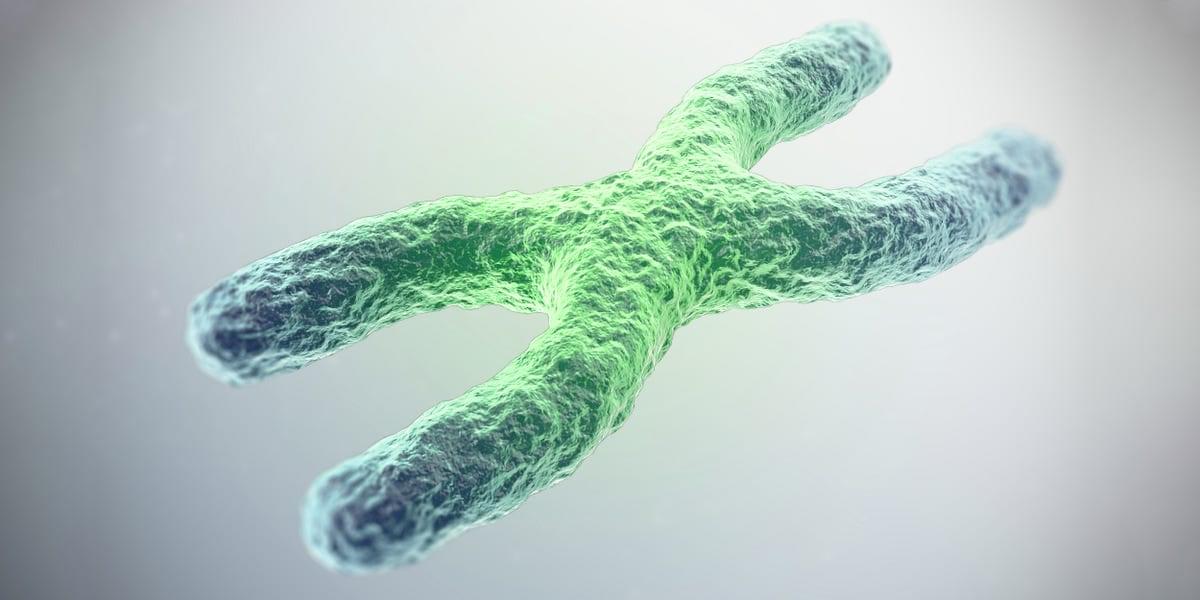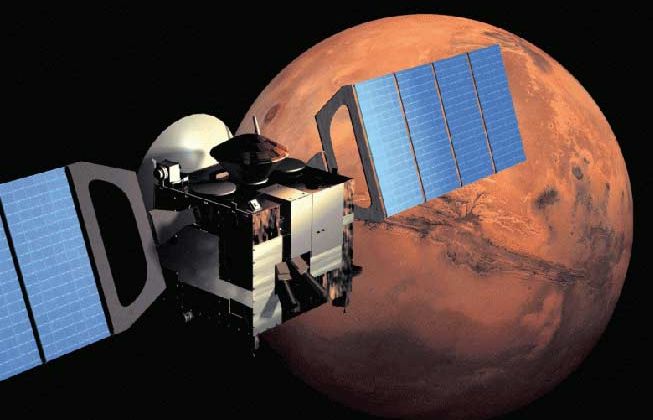Ineurals — advanced neuro-technologies for rapid learning and skill acquisition.
The 711th Human Performance Wing, under the U.S. Air Force Research Laboratory leads the development, integration, and delivery of Airman-centric research, education, and consultation enabling the U.S. Air Force to achieve responsive and effective global vigilance, global reach, and global power now and in the future. It’s comprised of the United States Air Force School of Aerospace Medicine and the Airman Systems Directorate, whose science and technology competencies include Training, Adaptive Warfighter Interfaces, Bioeffects, Bioengineering, and Aerospace and Operational Medicine.
The Individualized Neural Learning System, or iNeuraLS, is a new augmented learning platform that will enable rapid learning by closed-loop modulation of cognitive states during skill acquisition. Essentially, the AFRL team seeks to develop a capability that will give Airmen the ability to rapidly acquire knowledge and skills on the fly through direct brain interfaces with the help of neurotechnologies.
And we have not 1, but 2 fascinating guests on the show with us today:
Dr. Nathaniel Bridges serves as the Neural Interfaces Team Lead within the Air Force Research Laboratory’s Cognitive Neuroscience Section. In this role, he and his team seek to find and enable ways to link the human brain/nervous system with technology in a manner that will benefit the Air Force. This in part relies on testing and evaluating current and emerging Brain Machine/Computer Interface technologies for the Air Force and investigating the impact of various neuromodulation technologies on cognitive performance. Dr. Bridges has his PhD. in Biomedical Engineering, from Drexel University, in Philadelphia, PA USA.
